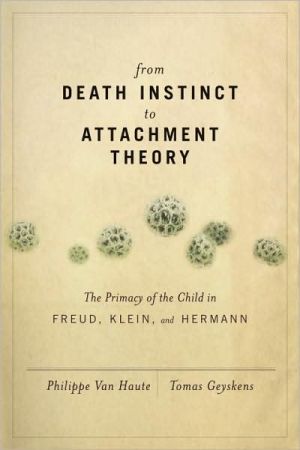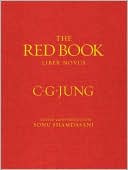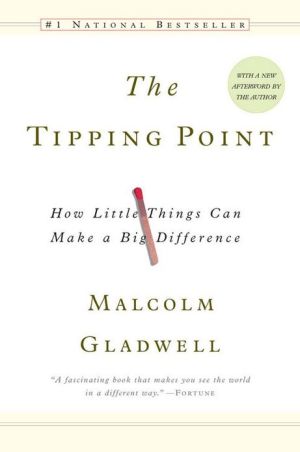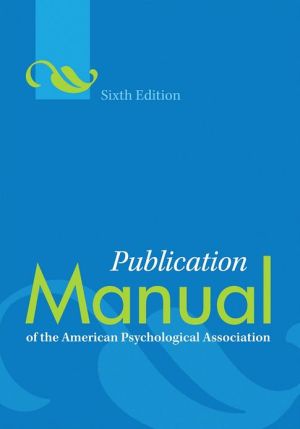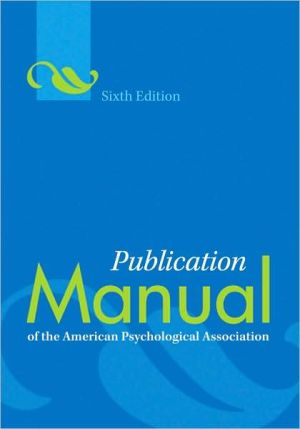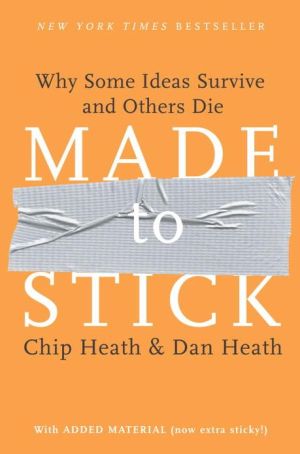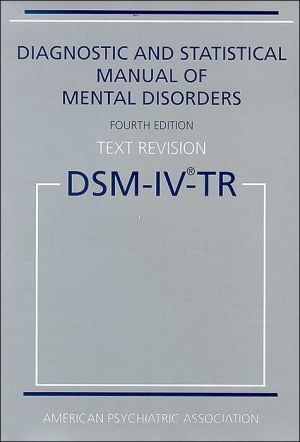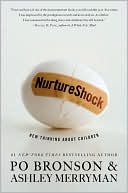From Death Instinct to Attachment Theory: The Primacy of the Child in Freud, Klein, and Hermann
In From Death Instinct to Attachment Theory, Tomas Geyskens and Philippe Van Haute address a theoretical conflict at the heart of contemporary psychoanalysis. Analytic theory, especially the work of Melanie Klein, asserts the developmental primacy of infantile Hilflosigkeit and the trauma it inevitably inflicts; however, John Bowlby and other attachment theorists have shown that attachment to the mother is primary and instinctive - and not the result of traumatic helplessness.\ Geyskens and...
Search in google:
Two leading psychoanalysts resolve the conflict between attachment theory and trauma theory.In From Death Instinct to Attachment Theory, Tomas Geyskens and Philippe Van Haute address a theoretical conflict at the heart of contemporary psychoanalysis. Analytic theory, especially the work of Melanie Klein, asserts the developmental primacy of infantile Hilflosigkeit and the trauma it inevitably inflicts; however, John Bowlby and other attachment theorists have shown that attachment to the mother is primary and instinctive—and not the result of traumatic helplessness.Geyskens and Van Haute resolve the apparent tension between the empirical fact of the primacy of attachment and the fundamental psychoanalytic theory of infantile trauma by drawing on Imre Hermann’s distinction between natural development and subjective history. Arguing that Hermann’s theory constitutes a workable clinical anthropology of attachment, they undertake a deep and revealing analysis of the work of Freud and Klein on the death instinct, trauma, and infantile sexuality; the critique leveled by attachment theorists like Bowlby; and the overlooked insights of the Hungarian School of Psychoanalysis.From Death Instinct to Attachment Theory offers an elegant answer to an important problem in psychoanalysis and provides new insight into the sort of clinical phenomena that led Freud to move beyond the pleasure principle in the first place.
Introduction ixThe Death Instinct: A Superfluous Hypothesis? ixThe Primacy of Trauma: An Unacceptable Hypothesis? xiiiThe Primacy of Trauma or the Primacy of Attachment: An Indissoluble Dilemma? xviThe Primacy of Sexuality: A Hypothesis Overcome? xviiiThe Death Instinct, Trauma, and Sexuality in the Work of Freud 1Psychic Continuity and the Pleasure Principle 4Infantile Amnesia and Organic Repression 8Trauma and the Compulsion to Repeat 10A Death Instinct? 15The Repetition of Primitive Catastrophes 18The First Taboo 22Castration 29Conclusion 33The Death Instinct, Trauma, and Sexuality in the Work of Melanie Klein 35The Death Instinct, Anxiety, and Guilt 37The Traumatic Origin of Subjectivity in the Work of Klein 42Klein's Study of Little Dick 42A Death Instinct, or the Primacy of Trauma? 45Trauma and Helplessness in Freud and Klein 53A Theory of Anaclisis of Aggressivity? 55The Positions of the Subject 61The Paranoid-Schizoid Position 64TheDepressive Position 72Further Reflections on the Paranoid-Schizoid Position and the Depressive Position 75Phantasy in the Work of Klein 79Sexuality in the Work of Klein 85Conclusion 90Between Detachment and Inconsolability: Toward a Clinical Anthropology of Attachment 95Attachment in the Work of Freud 98Attachment and Loss 99The Instinct of Mastery and Curiosity 103Discussion 108Attachment in the Work of Klein 109Clinical Anthropology vs. Developmental Psychology 111Normality and Pathology in the Work of Bowlby 112Puberty and Infantile Sexuality: Normality and Pathology in Freud 114Temporality in the Work of Freud and Bowlby 119Klein, the Child, and the Psychotic Anxieties of the Baby 120Discussion 121Imre Hermann: A Clinical Anthropology of Attachment? 122Clinging-Searching 123An Alternative to the Death Instinct? 129Conclusion: A Clinical Anthropology of Attachment 131Attachment, Aggression, and Sexuality 133Death Instinct, Hilflosigkeit, and Haltlosigkeit 135From Lost Object to Damaged Object 138The Oedipus Complex: From Lost Object to Forbidden Object 140References 143
